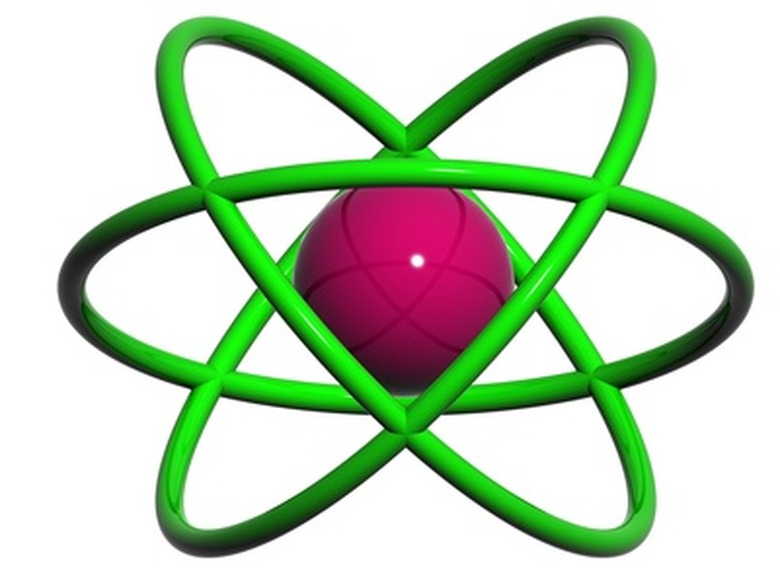Number Of Protons In An Uncharged Atom
All matter contains atoms bonded together to form molecules. Three subatomic particles—electrons, protons and neutrons-—form these atoms. The ratio of positively charged protons to negatively charged electrons determines whether an atom is charged or uncharged.
Atomic Structure
Atomic Structure
Uncharged atoms generally contain a nucleus comprising protons and neutrons, surrounded by a cloud of electrons. The protons' positive charge attracts the negative electrons, holding them in orbit.
Atomic Mass
Atomic Mass
Atomic mass refers to the weight of the nucleus, which is roughly 1,800 times greater than that of the electrons. To calculate atomic mass, you simply add the number of protons and neutrons. Carbon atoms, for example, possess six protons and six neutrons, giving them an atomic mass of 12.
Atomic Number
Atomic Number
The atomic number represents the number of protons in an atom's nucleus. In an uncharged atom, the number of protons is always equal to the number of electrons. For example, carbon atoms include six protons and six electrons, so carbon's atomic number is 6.
The Atom's Charge
The Atom's Charge
The proton's positive charge attracts negatively charged electrons. Although this charge is strong enough to attract extra electrons from other atoms, it is also weak enough to lose electrons to other atoms.
As long as the number of protons in an atom equals the number of electrons, the atom remains uncharged, or neutral. When an atom gains or loses electrons, it becomes an electrically charged ion. An atom that gains electrons becomes a negatively charged anion. An atom that loses electrons becomes a positively charged cation.
Cite This Article
MLA
Whetzel, Joan. "Number Of Protons In An Uncharged Atom" sciencing.com, https://www.sciencing.com/number-protons-uncharged-atom-6968031/. 24 April 2017.
APA
Whetzel, Joan. (2017, April 24). Number Of Protons In An Uncharged Atom. sciencing.com. Retrieved from https://www.sciencing.com/number-protons-uncharged-atom-6968031/
Chicago
Whetzel, Joan. Number Of Protons In An Uncharged Atom last modified March 24, 2022. https://www.sciencing.com/number-protons-uncharged-atom-6968031/
